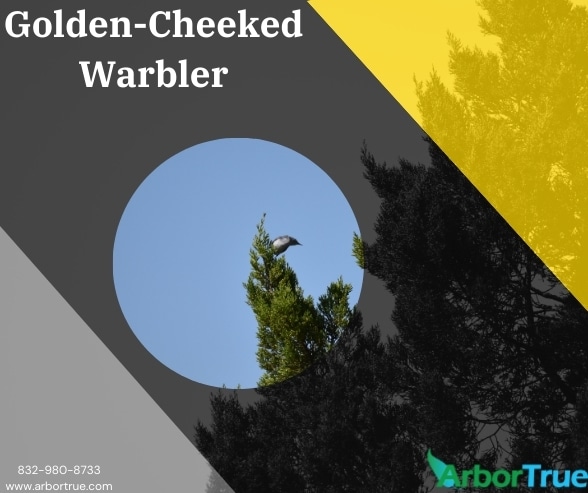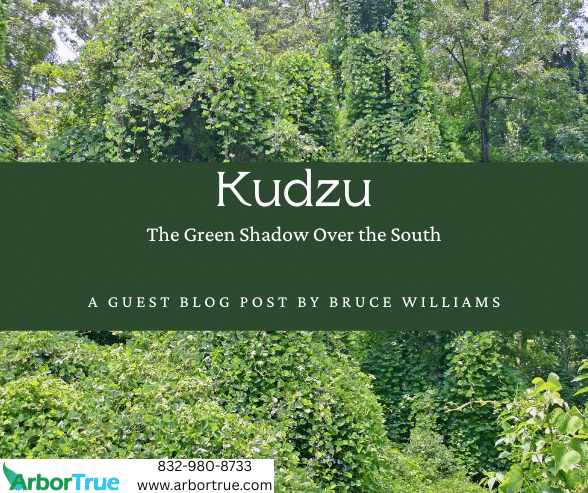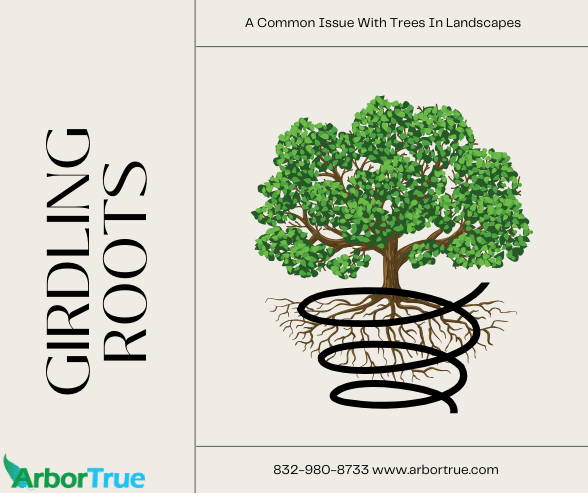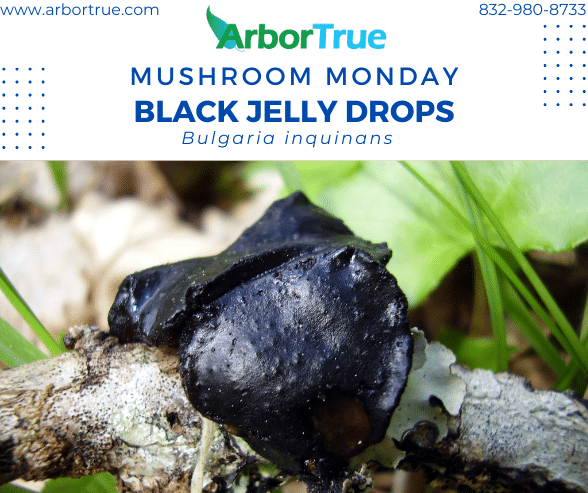
Compost or Black Gold?
March 27, 2024
Mushroom Monday: Common Club Coral (Clavariadelphus pistillaris)
April 1, 2024
Golden-Cheeked Warbler
We mentioned the golden-cheeked warbler in our recent post about Ashe Juniper, a tree you may be familiar with in the Austin area and throughout the central part of Texas. Learn about the warbler and its association with Ashe Juniper and in our latest TrueTreeTalk blog post.
What do Golden-Cheeked Warblers Look Like?
Golden-cheeked warblers (Setophaga chrysoparia) have golden cheeks, black and white feathers, and a black line on either side of their eyes. The males and females look alike, with the females being paler in color and having fewer feathers that are black on their throats.
Both males and females are similar in size. They are both around five inches in length and weigh around a third to a half an ounce. They have rounded wings and a wingspan of around eight inches.
Where can Golden-Cheeked Warblers Be Found?
Golden-cheeked warblers can be found in central Texas. Central Texas is the only place they make their nests and they are the only bird that has this distinction. They live in forests where there are junipers and oaks and they make their nests in trees. They are migratory birds that arrive in Texas around the start of spring and leave around the start of fall. They migrate through Mexico and into Central America.
What Do Golden-Cheeked Warblers Eat?
Golden-cheeked warblers eat insects and similar creatures such as spiders. They pick insects off of branches (called gleaning) and also catch them in the air (sallying).
Why Are Ashe Juniper Trees Important to The Golden-Cheeked Warbler?
As mentioned above, golden-cheeked warblers live in central Texas. That is the only place they make their nests. They do this in forests with Ashe Junipers and oaks.
Golden-cheeked warblers make their nests using strips of bark from Ashe Juniper trees that are mature. They always use these strips for their nests. They hold the strips together with things like cobwebs, and will include other things such as grass, and often build them in Ashe Juniper trees.
Because golden-cheeked warblers only nest in one area and only build their nests with one primary material, the Ashe Juniper tree is very important to their survival. Golden-cheeked warblers are endangered and are threatened by the loss of Ashe Juniper trees and other things, such as cowbirds that lay eggs in warbler nests.
If you liked learning about Golden-Cheeked Warblers, check out the other posts on our TrueTreeTalk blog and follow us on Facebook to keep up with our new posts.




